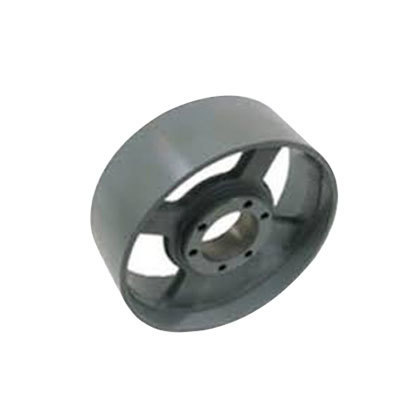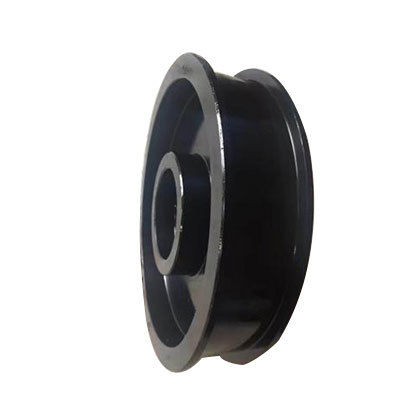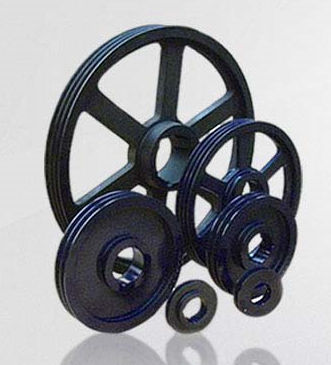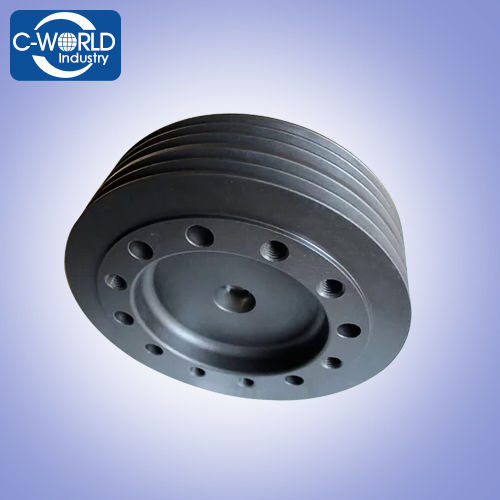Flat Belt Pulleys
Product Details:
- Product Type flat pulley
- Material grey cast iron GG25, ductile iron GGG40,GGG50,GGG60
- Capacity 10000 Tons/year
- Application transmission components
- Size 63-630
- Weight 1-3000 Kilograms (kg)
- Color black, red,blue or as requested
- Click to View more
Flat Belt Pulleys Price And Quantity
- 10.00 - 100.00 USD ($)/Piece
- 1000 Piece
Flat Belt Pulleys Product Specifications
- 10000 Tons/year
- black, red,blue or as requested
- transmission components
- grey cast iron GG25, ductile iron GGG40,GGG50,GGG60
- flat pulley
- 63-630
- 1-3000 Kilograms (kg)
- 1 Year
Flat Belt Pulleys Trade Information
- Xingang China
- Letter of Credit (L/C) Telegraphic Transfer (T/T)
- 100000 Piece Per Month
- 15 Days
- Yes
- Contact us for information regarding our sample policy
- plywood case, pallet
- Western Europe Eastern Europe Middle East Africa Central America South America Asia North America Australia
- All India
- ISO9001
Product Description
Flat Belt Pulleys
After the friction surface of the flat belt pulley is processed into crown shape, the diameter of the two sides is smaller than the middle. When in use, the tension in the middle of the belt is greater than that of the two sides. The position of the flat belt transmission tension will also change accordingly, so it can be automatically corrected.
Below part of the data for reference, pls note its not completely shown,
Non-standard/special designed flat belt pulleys can be supplied too.
Parameter
|
bp |
D |
TL bush No. |
|
50 |
63 |
1108 |
|
50 |
80 |
1210 |
|
50 |
85 |
1210 |
|
50 |
90 |
1610 |
|
50 |
95 |
1610 |
|
50 |
100 |
1610 |
|
50 |
106 |
1610 |
|
50 |
112 |
2012 |
|
50 |
118 |
2012 |
|
50 |
125 |
2012 |
|
50 |
132 |
2012 |
|
50 |
140 |
2012 |
|
50 |
150 |
2012 |
|
50 |
160 |
2012 |
|
50 |
180 |
2517 |
|
50 |
200 |
2517 |
|
50 |
212 |
2517 |
|
50 |
224 |
2517 |
|
50 |
236 |
2517 |
|
50 |
250 |
2517 |
|
50 |
280 |
2517 |
|
50 |
300 |
3020 |
|
50 |
315 |
3020 |
|
50 |
355 |
3020 |
|
50 |
400 |
3020 |
|
50 |
450 |
3020 |
|
50 |
500 |
3535 |
|
50 |
560 |
3535 |
|
50 |
630 |
3535 |






